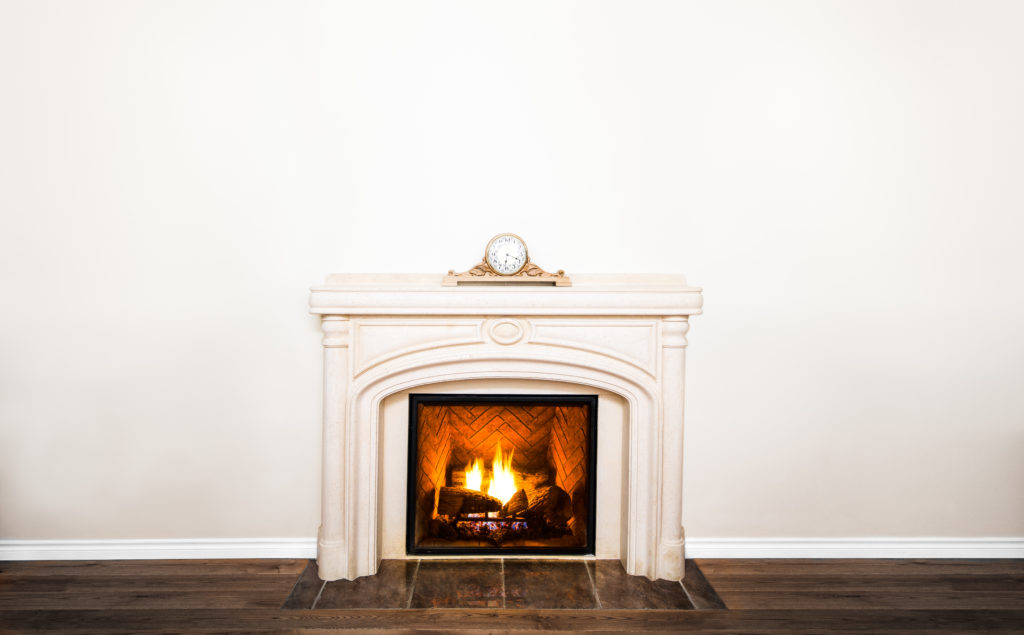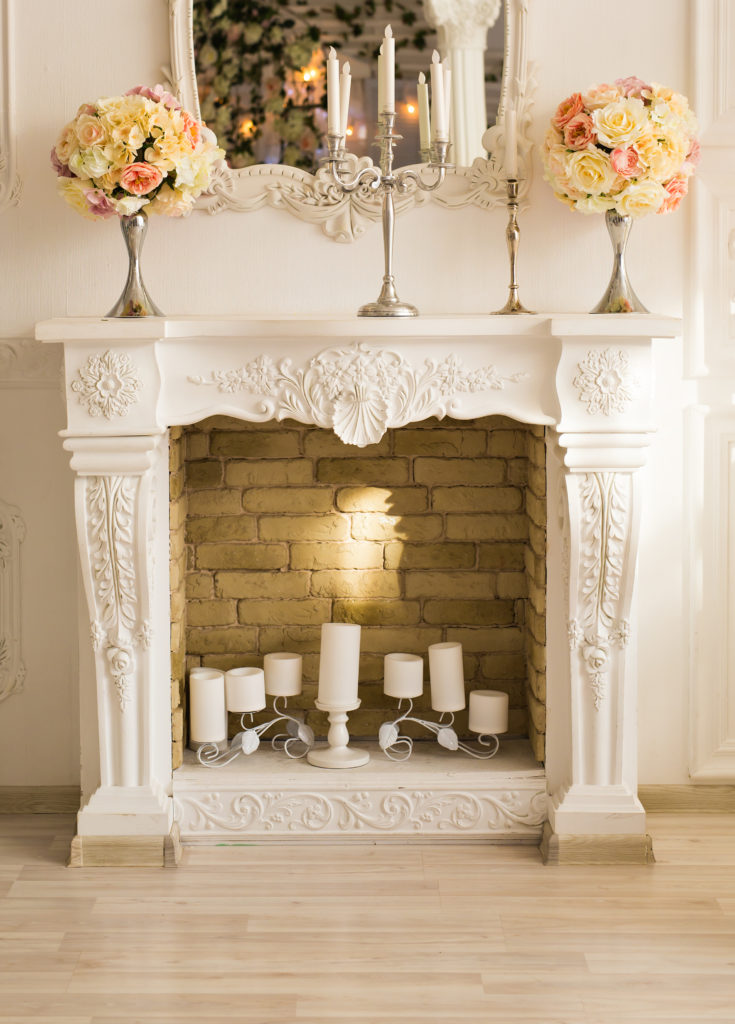
- calendar_month November 30, 2022
- folder Home Design & Decor
Sharing Tags
Bruce Real Estate, Buyers, California, California Law, Home Decor, Home Design, home renovations, Home Sellers, homeowners, Janie Bruce
After a summer that had its fair share of scorching moments, we’re deep into fireplace season here in California. True, we don’t have to ignite the ol’ fireplace too often here in the southern part of the state. But when we do, nothing can quite match that cozy feeling. Perhaps you’re shopping for Los Angeles houses with fireplaces. Or maybe you just want to up the value of your LA home by adding a fireplace yourself. Either way, let this be your reminder that California has its own stringent rules regarding fireplaces in the California Building Code. And the state updates these rules every three years! For example, did you know that California banned vent-free gas fireplaces? Familiarize yourself with the basics today or that fireplace could leave you quite the burn.
The California Building Code: The Builder’s Bible for Our State
Photo credit: Envato
In California, we rely on the California Building Code for guidance that reaches far beyond fireplaces. But it’s also the proper guide to consult when installing a new fireplace. Is California’s code strict? Sure. But it’s all in the name of safety and sustainability.
Yet, this forward-thinking code also sets a standard of quality for California fireplaces. What can you expect the California Building Code to cover? It breaks down each component of a fireplace for thorough efficiency and safety. This ensures that no new fireplace constructions utilize hazardous or unauthorized materials.
Acceptable Prefab Fireplace Models
If you’re planning on installing a fireplace in a pre-existing home or building, you’re likely opting for a prefabricated fireplace. These fireplaces arrive pre-built prior to installation in a home.
In the eyes of the California Building Code, prefab fireplaces are their own distinct animal. In most cases, a prefab fireplace consists of a metal shell encasing a firebox. For those unfamiliar, the firebox is the area where you light the fire.
Photo credit: Envato
California regulations require builders to choose from either of the following prefab fireplace models:
- B-Vent – gas model utilizing a specially designed pipe to transport combusted gas from home
- Direct Vent – pulls air for combustion from the home’s exterior, usually through a chimney
The Masonry Used for Built-In California Fireplaces
With new fireplace construction in Southern California homes, either as part of renovations or during initial construction, it’s a good idea to consult the California Building Code on acceptable masonry. Builders recognize masonry as the stonework required to fashion a fireplace. In most cases, a California fireplace will employ one or more of the following accepted materials in its structural frame:
- Cement
- Firebrick
- Hollow Blocks
Building from the structural foundation, you’ll also regularly see the following materials used in California masonry:
- Granite
- Limestone
- Sandstone
- Slate
Additionally, the California Building Code demands that masonry be structurally sound and devoid of any cracks or damages that could compromise a fireplace’s security.
Photo credit: Envato
Component-Specific Guidelines for the California Fireplace
If this is all a bit too general for you, the California Building Code has you covered. Often lauded for its thoroughness, you can count on the state breaking down a fireplace into its individual components with rigid guidelines for safety and consistency.
Hearths
Likely the most recognizable component of a fireplace, the hearth extends forth from the fireplace, accommodating the area just before the firebox. The California Building Code breaks down more than just acceptable building materials when it comes to the hearth.
For example, the code dictates how firebox size informs hearth length. If a firebox is less than six feet in square footage, it must have a hearth extending forth by a minimum of 16 inches. This hearth must also span eight inches on either side of the firebox.
Naturally, larger fireboxes require larger hearths.Those measuring over six square feet must include a hearth that juts forward at least 20 inches and extends 12 inches to each side. The building materials permissible for a California fireplace hearth include:
- Brick
- Concrete
- Quarry Tile
- Marble
- Slate
- Stone
- Terrazzo
Mantels
Photo credit: Envato
Have you ever had a home with a fireplace? Then you’re likely no stranger to mantels. These are popularly regarded pieces of a fireplace for their ability to be decorated. If you’re unfamiliar, a mantel is basically a beam or other form of support for masonry above the fireplace.
When it comes to mantels, materials aren’t a pressing concern for the California Building Code. Restrictions instead focus on the distance between the mantel and the firebox. This is because flammable embers almost exclusively fly downward across the hearth instead of upward toward a mantel.
In California, mantels are required to extend anywhere between six and 12 inches to either side and the area above. These areas cannot extend outward more than 1/8 of an inch from the wall. Otherwise, you run the risk of creating a fire hazard. However, once your mantel has passed that 12 inch maximum length, anything beyond the 12 inch threshold can protrude without impunity.
Lintels
It may sound a bit like a soup, but the lintel is yet another fireplace component designed for masonry support. You can find it between the firebox and the chimney. It’s a challenge to find a lintel that isn’t crafted from steel. Yet, the California Building Code still clarifies that lintels must be constructed from inflammable materials.
Dampers
Photo credit: Envato
Dampers are popularly incorporated into fireplaces to prevent the escape of air between uses. You can find the damper directly above a firebox, at the upper part of the chimney, or both. But no matter where you find the damper, know that in California, it’s required to be crafted from a metal that contains iron.
Additives
Anyone with a construction background knows that additives and mixtures are incorporated into masonry materials regularly. These additives are also tightly regulated by the California Building Code.
The powers-that-be prevent the inclusion of chloride salts and liquid antifreeze in grouts and other building materials. Of course, there are ways around this. Skilled builders frequently bypass forbidden additives by using a variety of aggregates augmented by puttied or hydrated lime.
When in Doubt: Err on the Stricter Side
The installation of a fireplace is no small feat. Fortunately, the California Building Code explores fireplaces with much more depth than we can cover in our blog. So, use this knowledge to know what to expect, but be sure to directly consult the California Building Code for specifics. Also, keep in mind that individual city codes can trump a state code if they’re more strict. When in doubt, choose the most stringent option.
And if you’d rather not deal with a fireplace installation at all, we’re selling homes with fireplaces all the time! Head on over to our listings page to see what’s available!


